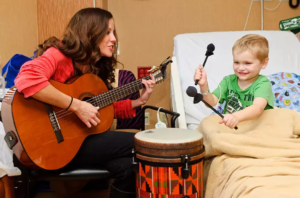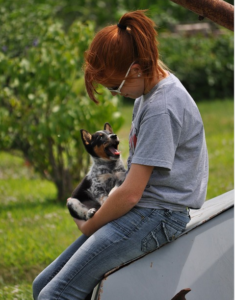There are numerous disability services available for children with developmental delays, learning impediments and other physical challenges. Many of these programs are available at schools. They help in improving interactive and learning skills of such children. Children with any disability need the help of parents, siblings, teachers and any other person around them. This article will discuss some of the commonly used therapeutic methods.
Types of Therapy for Children in Need of Disability Services
Music Therapy
 Music creates connections that exceed language and it is very useful for children in need of disability services. Parents with children who struggle with speech are advised to try music therapy. You will realize that some children will produce spontaneous vocalizations as they try to sing. It is a great way to catch the attention of children. It is not only singing, but you can engage the children with keyboards, drums, and other musical instruments. It has been noted that children who withdraw connect with musical instruments in a significant way. They will learn to express themselves and later interact with others.
Music creates connections that exceed language and it is very useful for children in need of disability services. Parents with children who struggle with speech are advised to try music therapy. You will realize that some children will produce spontaneous vocalizations as they try to sing. It is a great way to catch the attention of children. It is not only singing, but you can engage the children with keyboards, drums, and other musical instruments. It has been noted that children who withdraw connect with musical instruments in a significant way. They will learn to express themselves and later interact with others.
Art Therapy
Art is a great way to express yourself. The same applies to children with disabilities. Art activities help lessen anxiety and stress in children. If a child feels uncomfortable around peers or new people, try the art therapy on them. Art therapy makes it possible for such children to express themselves.
Pet Therapy
 Children with severe disabilities face numerous challenges. This affects them in a great way, and they often are discouraged in whatever they do. Introducing friendly animals like cats and dogs is a great way to provide love and care. Pet therapy works best for children who are severely handicapped. These pets are used to capture the attention of the child in addition to love and care. Among Americans, owning a cat is a must thing. Therefore, the use of pets as part of therapy will not be a strange thing.
Children with severe disabilities face numerous challenges. This affects them in a great way, and they often are discouraged in whatever they do. Introducing friendly animals like cats and dogs is a great way to provide love and care. Pet therapy works best for children who are severely handicapped. These pets are used to capture the attention of the child in addition to love and care. Among Americans, owning a cat is a must thing. Therefore, the use of pets as part of therapy will not be a strange thing.
We cannot single out any of the therapies above and say that it works on everyone. But the good news is that the ideas have been tried, tested and proven to work on children. Try all the procedures and see that which works for your child. Pay close attention to note if your child reacts to music, a visit to the zoo or art projects. Positive reactions to any of the above mean that the child might be interested. Keep on trying until you find the therapy which works best for them.

